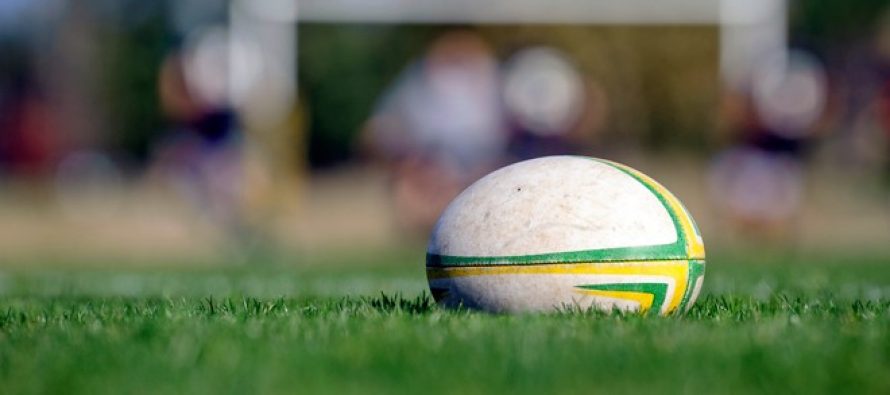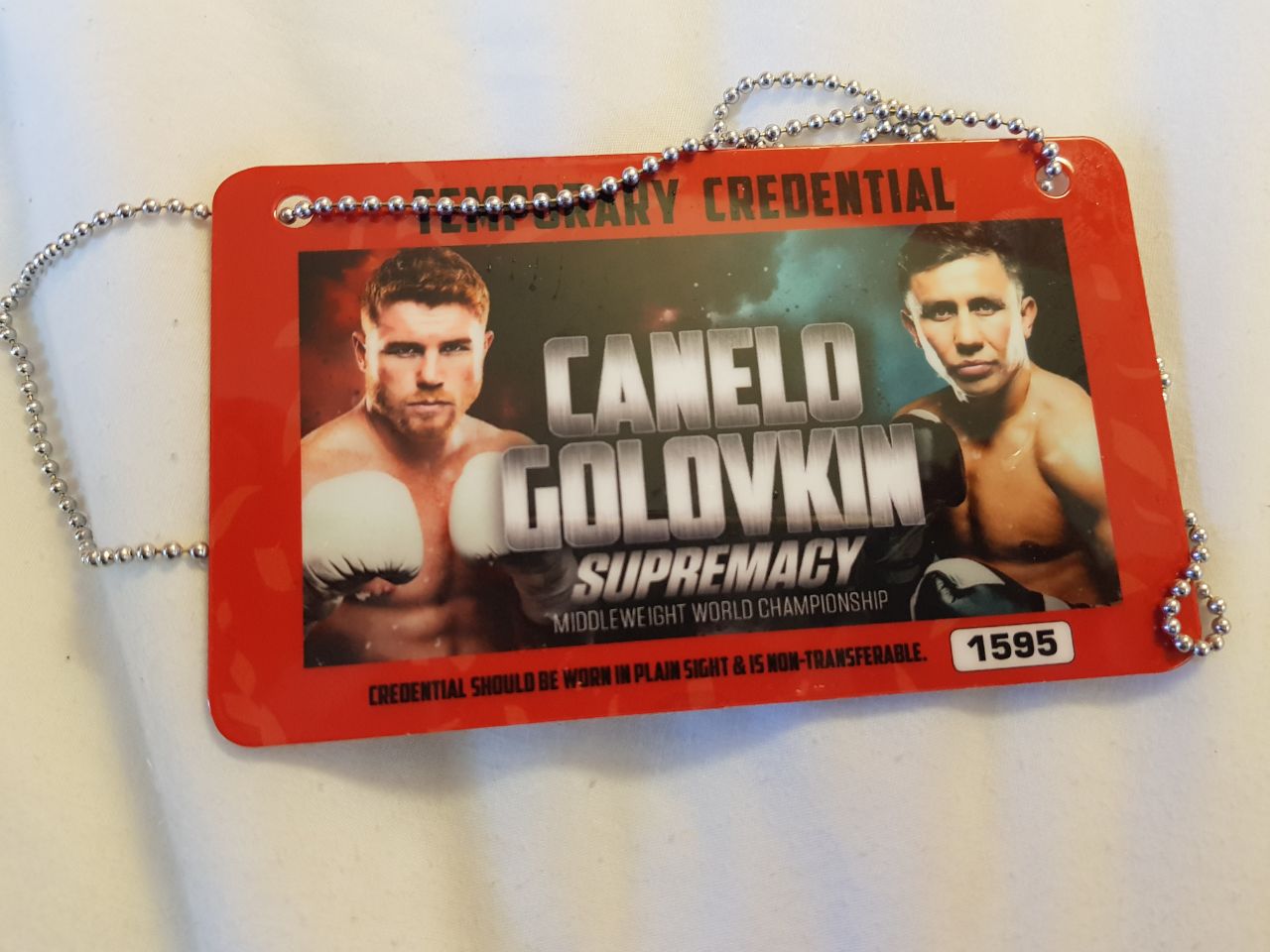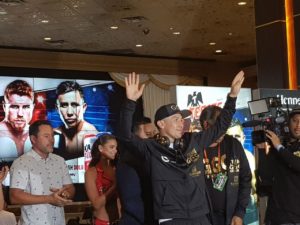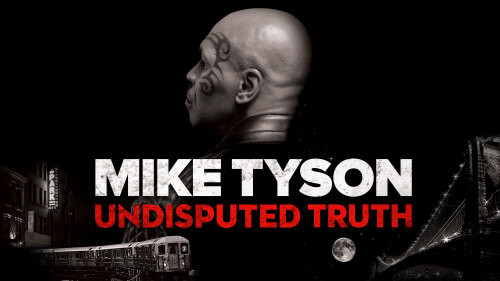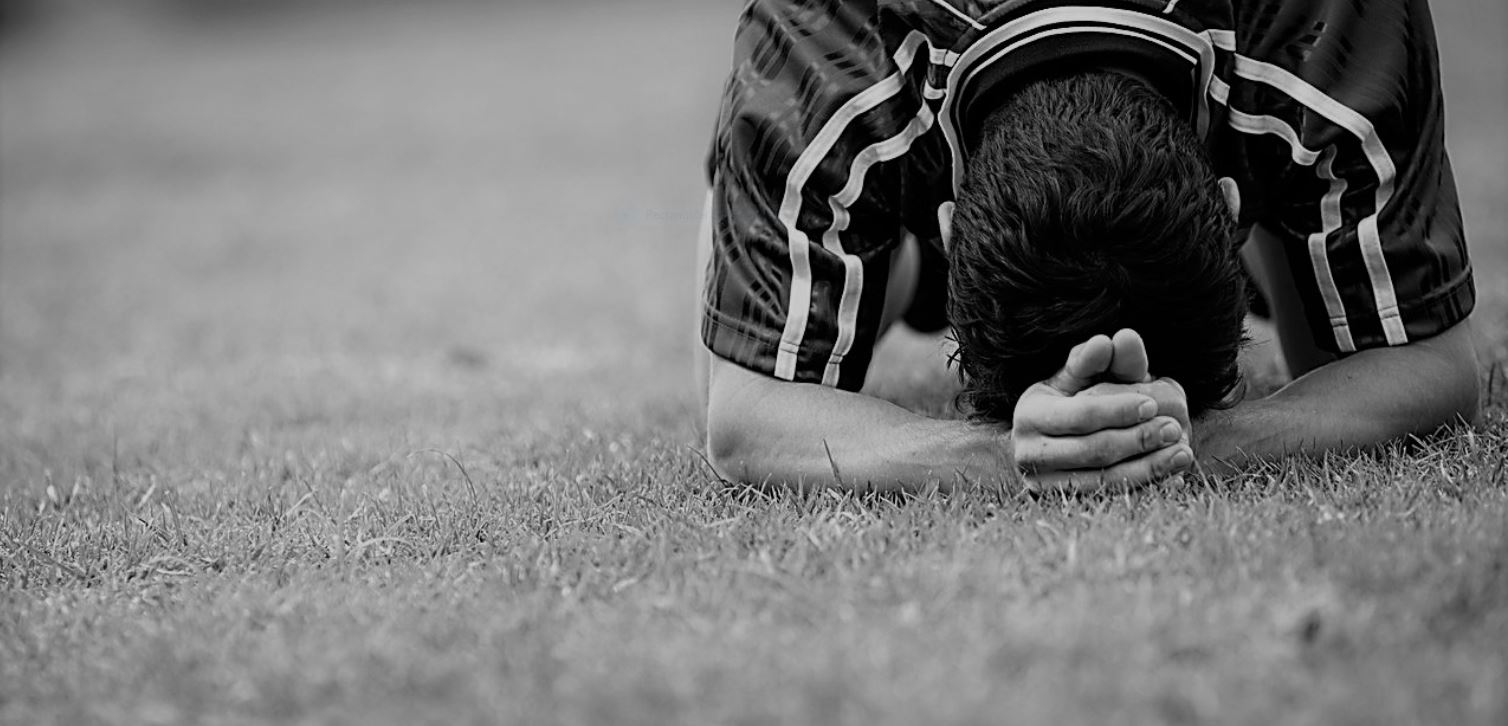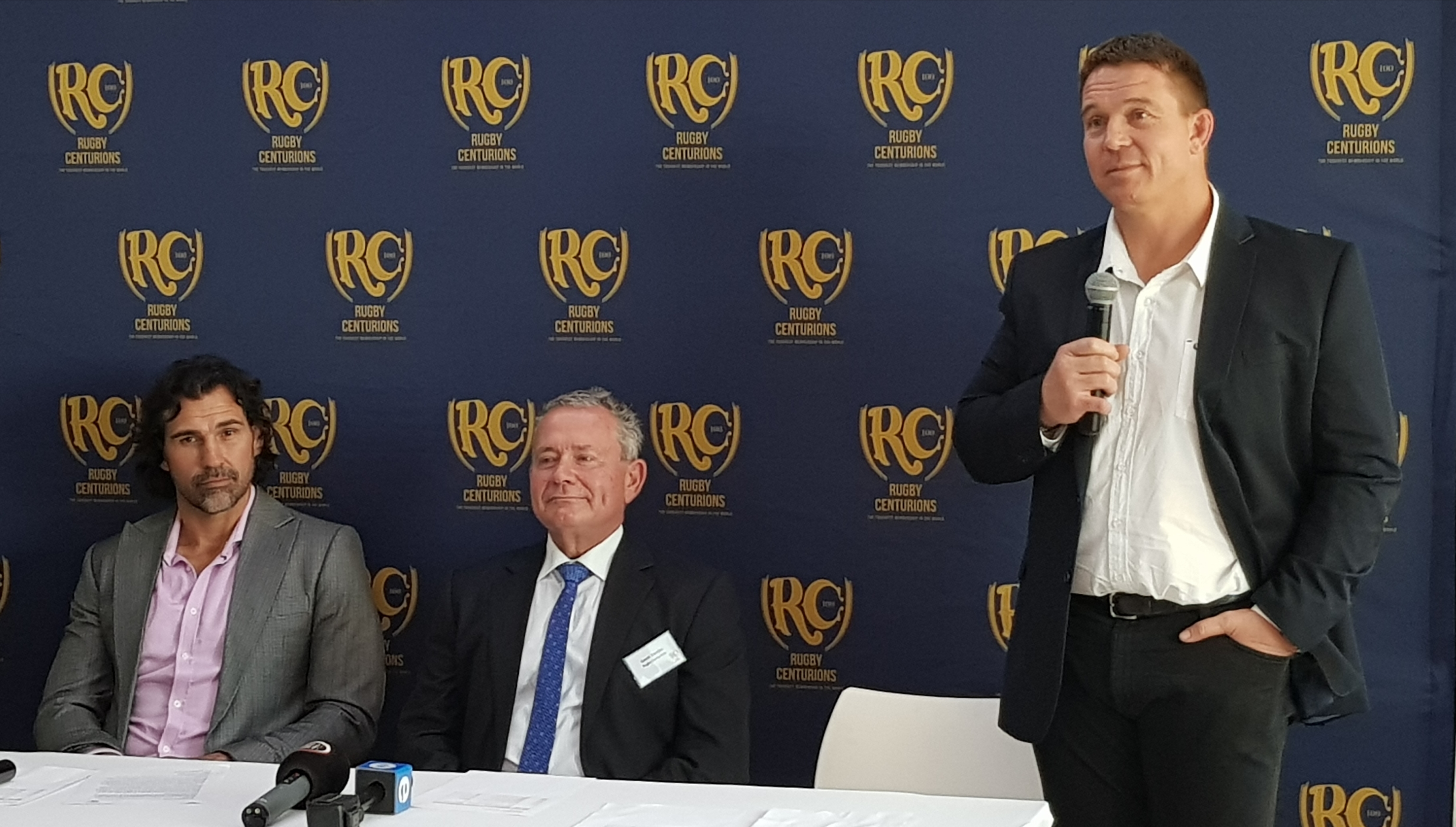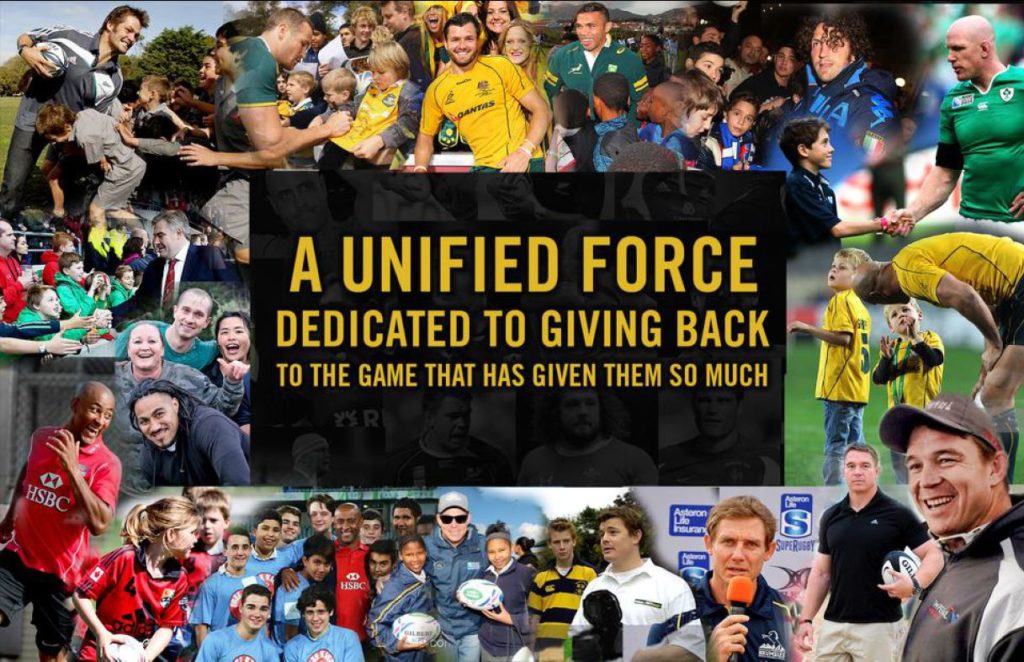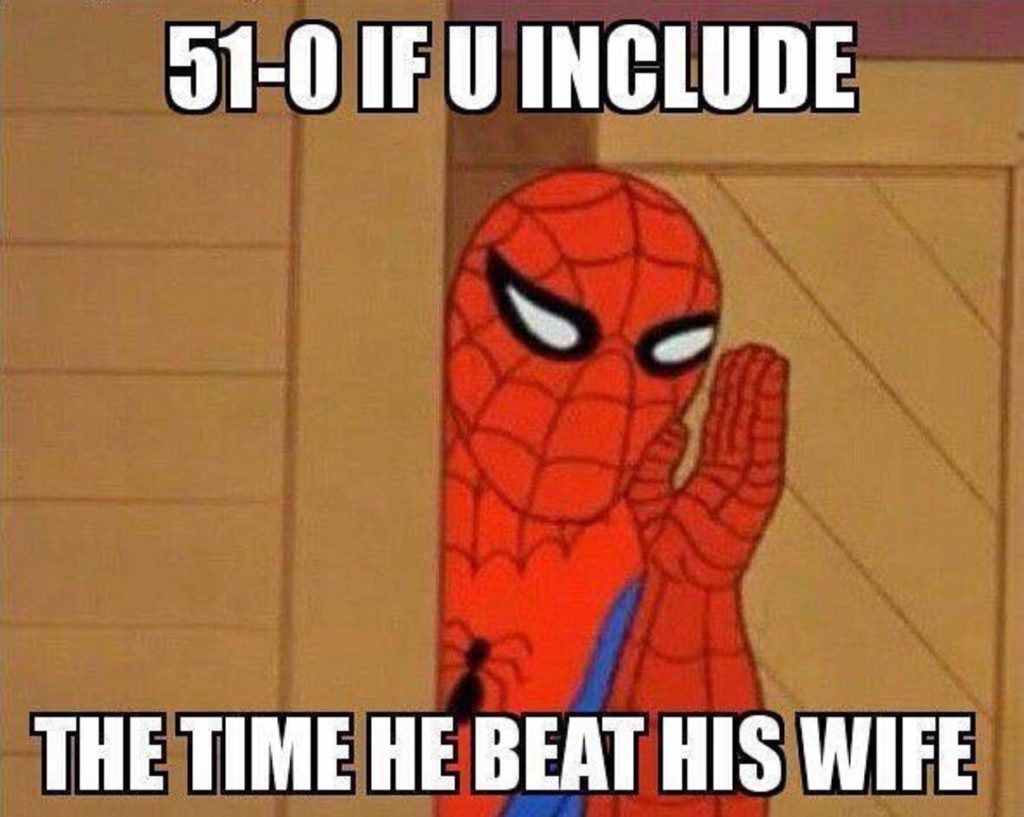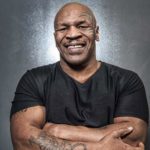If SA rugby bosses were sweating last weekend, how might they be today?
It ranks as a pivotal day in local rugby, far more important than any Test match against New Zealand, and will determine the course of events for the next few years.
That’s because a South African delegation will be under the gun before the World Rugby council in London. They will have 30 minutes to state their case to host the 2023 World Cup. The presentation must be a master class in delivery: slick, impressive and enlightening. It must excite and enthral.
As ever with such things, two issues will shape the bid: money and stability. World Rugby will want to know how much cash will be guaranteed, and they must be assured of political stability.
South Africa is on shaky ground on both given that the former largely depends on the latter. Indeed, it wasn’t too long ago that the former sports minister banned local federations from bidding for major tournaments. Concerns over such episodes must be assuaged. So too the weak currency.
Ireland and France are also in the running.
Curiously, France have taken the tack that a winning bid will see off “the death of rugby”, reasoning that its promised £350-million (R6,2-billion) to World Rugby will assist financially strained rugby nations, South Africa and New Zealand among them. Bizarrely, they also make the case that a French tournament will force the local federation to impose a tougher limit of foreign players in the local league, to improve the chances of the national team at a home World Cup. One such spinoff, organisers claim, is that fewer players will be raided from SA and New Zealand.
By that logic, we should all just support the French bid, which is daft. Their first order of business should rather be to get the support of some of the madcap French team owners.
The French have also been rocked by the withdrawal of president Emmanuel Macron from their delegation, this after a scandal involving French rugby president Bernard Laporte.
In any event, Ireland is in pole position. They rolled out a massively impressive PR campaign last November – how can you go wrong when Liam Neeson is doing the voiceover alongside a gorgeous Ireland backdrop? – and have campaigned hard. A plea by U2’s Bono will form part of their presentation tomorrow.
Unlike France and South Africa, Ireland has never hosted the Rugby World Cup (although they’ve had bits of it). They will use this to pull at the heart strings, but more importantly, their entire bid has been underwritten by government, a first for the World Cup. This takes risk away entirely and will hold massive sway.
Ireland, too, have promised World Rugby record revenues. The issue of venues has also been shrewdly addressed: five top Gaelic football grounds will be used.
South Africa has many plusses. The most obvious is that infrastructure is sound – grand amphitheatres can be found in every major city – and the appetite for big-time rugby is significant. South Africa is also a cheap country to visit, certainly by European standards. This is important for tourists.
SA also has history in this regard, the 1995 tournament having made a deeply emotional impact internationally. Lightning doesn’t strike twice, but rugby union’s greatest story unfolded in our back yard.
Much like Ireland, South Africa will strongly push the certainty of a month-long party for the duration of the World Cup. We might be rough at the edges, but we know how to have a good time.
Fortunately, rugby’s bidding process is relatively quaint and low-key with little of the extravagance and indulgence of the Olympic Games and soccer World Cups.
Even so, SA’s power brokers will have worked the corridors hard, trying to win friends and influence people.
The three rivals are not permitted to vote. It is a straight majority vote and if no country gets an outright majority in the first round, the country with the least votes will be booted.
With three votes each, the tier one countries are the ones we ought to be friendliest with.
The decision will be announced in November. For many, it will be an anxious wait. – © Sunday Tribune

